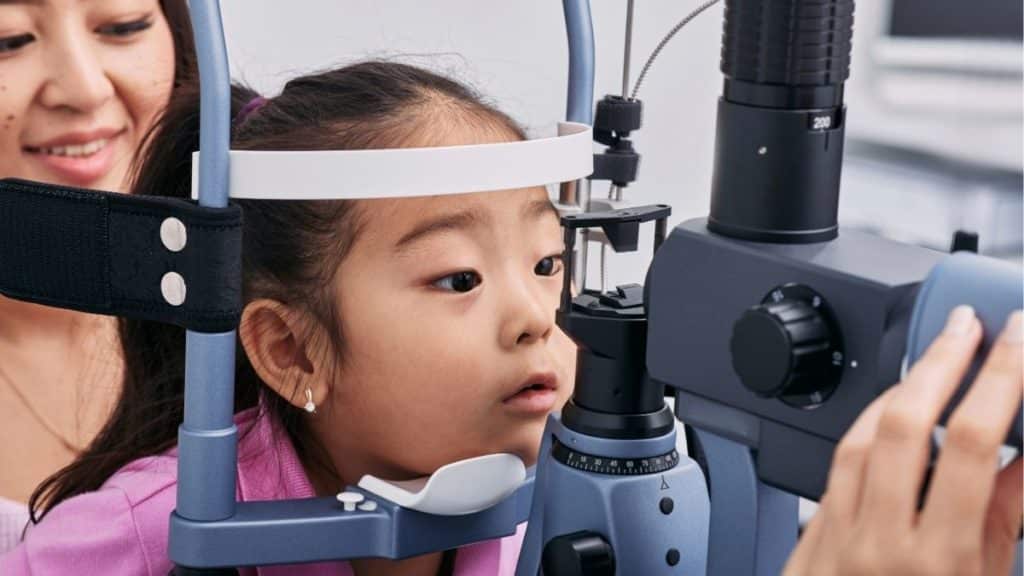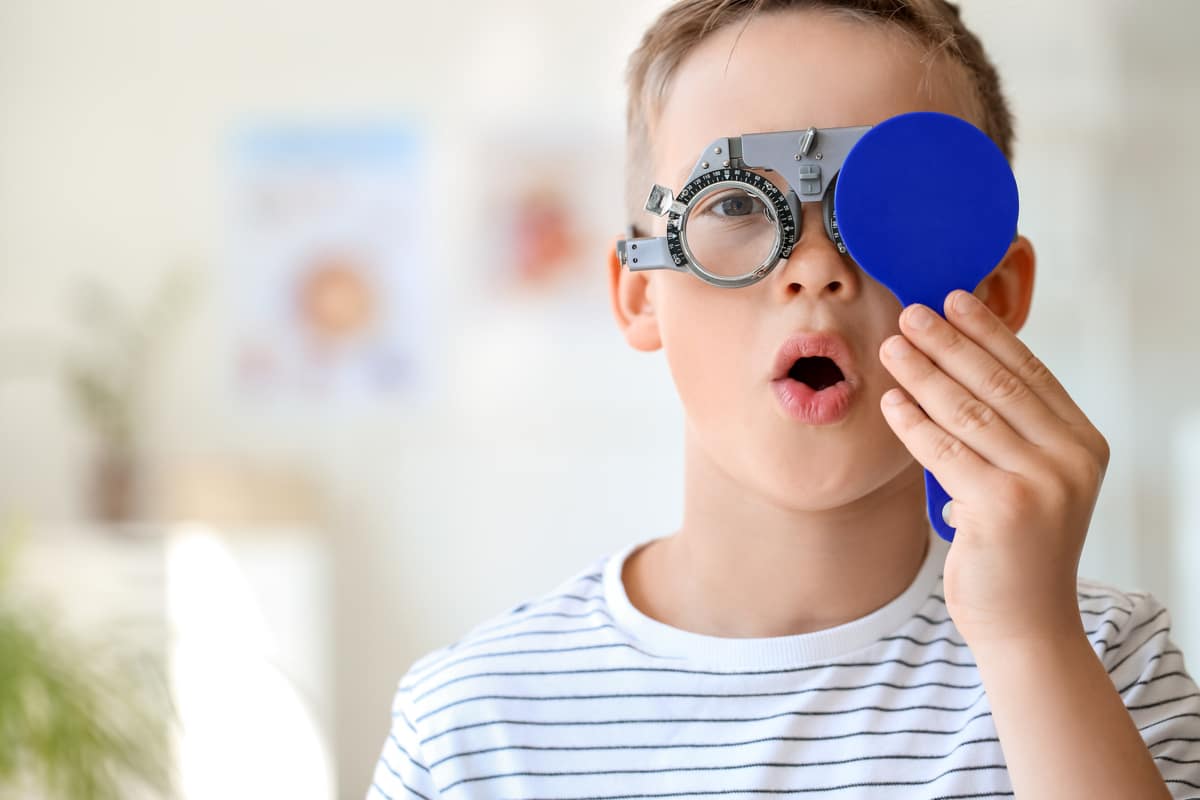It’s normal to feel concerned when you notice your baby’s eyes crossing or not lining up. We’ve had many parents ask if their cross-eyed baby is something to worry about or just a normal part of development. The truth is, some eye movements are totally expected in the first few months, but others may need attention. In this blog, we’ll walk you through what’s normal, what’s not, and when it’s time to talk to a specialist.
When a Cross-Eyed Baby Is Normal
Early Eye Development
In the first few months of life, a baby’s eyes and brain are learning to work together. Occasional eye crossing or drifting is expected during this time. The muscles that control eye movement are still strengthening, and the coordination required for consistent alignment isn’t fully developed.
While many such occurrences are harmless, like pseudoesotropia (which makes eyes appear crossed due to facial structure and typically corrects itself), it’s essential to understand the broader range of pediatric eye conditions.
Signs of Normal Alignment
If your baby is younger than six months and shows the signs outlined below, it’s likely just part of normal development.
- Occasional wandering or crossing of the eyes
- Eyes usually move together and follow objects
- No signs of discomfort or squinting
- Behavior improves with age
When It Might Be a Concern
Signs of a Problem
Persistent or worsening misalignment after six months may indicate strabismus, a condition where the eyes do not work together. If untreated, it can cause amblyopia (lazy eye), where one eye becomes weaker because the brain favors the other. Watch for:
- Constant eye turning (inward or outward)
- One eye is consistently misaligned
- Tilting the head to look at things
- Closing one eye in bright light
- Lack of visual tracking
If your baby exhibits these behaviors after six months, it’s time for your child’s first eye exam with an eye care professional.
How Vision Specialists Diagnose and Treat It
Pediatric Eye Exam
A pediatric eye exam evaluates how the eyes focus, move, and work together. This can usually be done without requiring your baby to communicate verbally. The doctor may use lights, lenses, and eye movement tests to assess alignment and visual function.
Treatment Options
The best course of action depends on the cause and severity of the issue. Common treatments for strabismus or lazy eye include:
- Eyeglasses: For correcting vision and eye coordination issues
- Patching: Covering the stronger eye to strengthen the weaker one
- Eye drops: Used in place of patching for some children
- Vision therapy: Exercises that improve eye coordination
- Surgery: In more serious cases, eye muscle surgery may be recommended
Early intervention leads to better results and helps avoid long-term vision problems.
Helping Your Baby Thrive Visually
What Parents Can Do
You know your child best. Trust your instincts and observe their behavior closely. Here are a few ways to support healthy eye development:
- Bring up any eye concerns at pediatric appointments
- Watch for signs beyond 6 months that seem unusual
- Follow through on recommended eye exams and vision screenings
- Don’t wait—early action can make all the difference
While many babies who appear cross-eyed grow out of it naturally, an expert should check persistent signs.
When in Doubt, Get It Checked

If you’re noticing signs of a cross-eyed baby and wondering what’s normal versus what needs care, it’s always better to ask a professional. Early diagnosis and treatment support strong, healthy vision as your child grows. For expert pediatric eye care and peace of mind, contact Art of Optiks today.




